Butterflies flit gracefully through the air, pausing just long enough to drink from a puddle and grab a quick slurp from the zinnias in your garden. The beauty and grace of a butterfly make them a welcome addition to any yard.
Did you know you can actually attract butterflies to your yard? You can, and it doesn’t have to break the bank! For very little money at all, you can bring butterflies into your yard and keep them there if you have what they need to survive.
Disclosure: *This post may include affiliate links. As an affiliate, I earn from qualifying purchases. Read the disclosures and terms for more information.
Basically, caterpillars and butterflies need 5 things to survive:
- Host plants (for butterflies to lay eggs on & for caterpillars to eat)
- Nectar (for butterflies)
- Sunshine
- Water
- Protection from the weather
By incorporating those 5 elements into your yard, you are sure to increase the number and variety of butterflies around your home, and you can do it very economically too.
Here are 5 frugal ways to attract butterflies to your yard:
1. Grow Butterfly-Friendly Plants.
Butterflies need nectar-producing flowers for sustenance. One way to draw them into your habitat is by planting butterfly-friendly plants. Adult butterflies like red, orange, yellow, pink, and purple blossoms that are clustered or flat on top for ease of landing. Here’s a list of flowers and bushes that butterflies flock to:
- Butterfly bush
- Zinnias
- Hollyhocks
- Lantana
- Marigold
- Cosmos
- Lavender
- Phlox
- Purple coneflowers
- Milkweed
While you could spend hundreds of dollars on butterfly bushes and plants, you don’t need to. Most of the plants listed above can be found for fairly cheap at your local hardware store or nursery. Or, for even cheaper, plant seeds.
Not only do you need to plant flowers that butterflies can eat from, but if you want them to stick around, you’ll also need to grow host plants on which they can lay their eggs and which their caterpillars will eat. Some butterflies are picky about the plants they’ll use, so before you buy, be sure to find out which plants are recommended for your area. A good resource is the Native Plant Database.
2. Make “Butterfly Nectar.”
A really cheap alternative to growing host plants and nectar-producing flowers is man-made butterfly nectar. You can make your own nectar very easily and cheaply. Here’s how:
- Create a simple syrup. In a small pot, heat 1 cup of water and mix in 1/4 cup of sugar.
- Stir until sugar dissolves.
- Let cool.
There are different ways to use the “nectar.” One way is to cut up sponges, poke holes in them, and string them up with twine. You can dip the sponges in the “nectar,” shaking off any excess. Then, take your sponge-filled butterfly nectar outside and hang them from tree branches, plant limbs, or wherever you would like butterflies to congregate. This is a great activity to do with your kids!
You can also set up shallow dishes or lids outside and fill them with sponge-filled nectar. Just be aware that you may attract bees and wasps in addition to butterflies.
3. Set up “Puddlers.”
All creatures need water, and butterflies are no exception. They are particularly attracted to puddles or wet sand where they can land and safely get a drink. As they drink, butterflies extract minerals from the puddles. You can make your own puddler using an old bird bath or simply laying a shallow pan on the ground, filling it with sand, and adding water. Just remember that butterflies do not like large open areas of water but prefer places on which they can land and sip.
4. Hang or Set Out Fruit.
Nothing sounds yummier to a butterfly than soft, overly ripe fruit. String some oranges, grapes, watermelon, or bananas and hang them from tree branches, plant limbs, or porch rails — wherever butterflies might frequent. It may take a day or two for the fruit to be at the ideal stage for butterflies. The riper the fruit, the more appealing!
Another option is to set out your overripe fruit in a shallow dish. You can add “butterfly nectar” too. A plastic margarine lid turned upside down works perfectly. Butterflies will not land in a deep bowl because they don’t want to get their feet wet, so use something shallow.
5. Create a Butterfly Garden.
If you’re feeling ambition and really love butterflies, why not make an outdoor oasis? Remember, butterflies need: (1) Nectar from their favorite flowers, (2) Host plants to lay eggs on and feed their caterpillars, (3) Sunshine, (4) Water, and (5) Protection from wind, rain, and sunshine. If you can fulfill those needs, then your yard will become a favorite stopping place for butterflies. Here are some specific instructions for creating your own Butterfly Garden.
- Find a sunny spot. Butterflies like to be warm, so pick a place where there is plenty of sunlight. Plus, many nectar-producing plants need to grow in full sun.
- Plant their favorite flowers & host plants. Butterflies like colorful flowers and bushes. See the list above for examples. Monarchs specifically look for milkweed.
- Add a puddler or bird bath for butterflies to stop and drink at.
The Butterfly Site is an excellent resource for creating your own butterfly garden.
There’s something magical about watching a butterfly flit through the air, bobbing here and there. Bring the magic into your own yard with these 5 frugal ideas.
If you’re looking to learn more about butterflies with your elementary-aged kids, check out my Butterfly Unit Study. It’s filled with fun activities and ideas centered around butterflies and books.
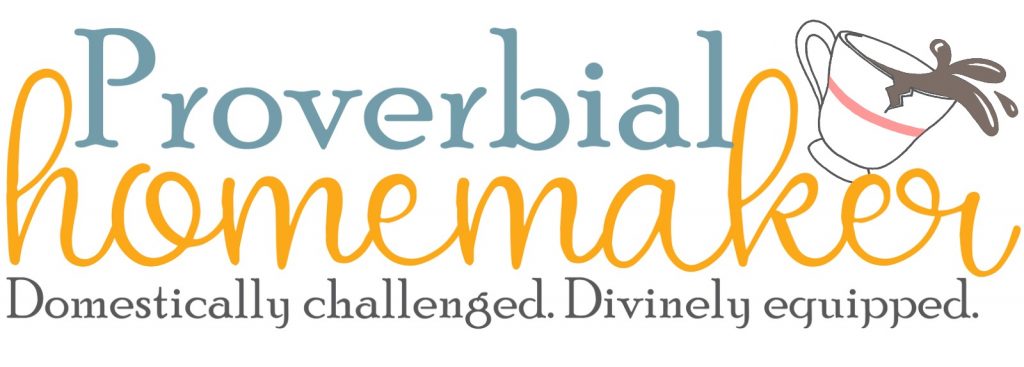
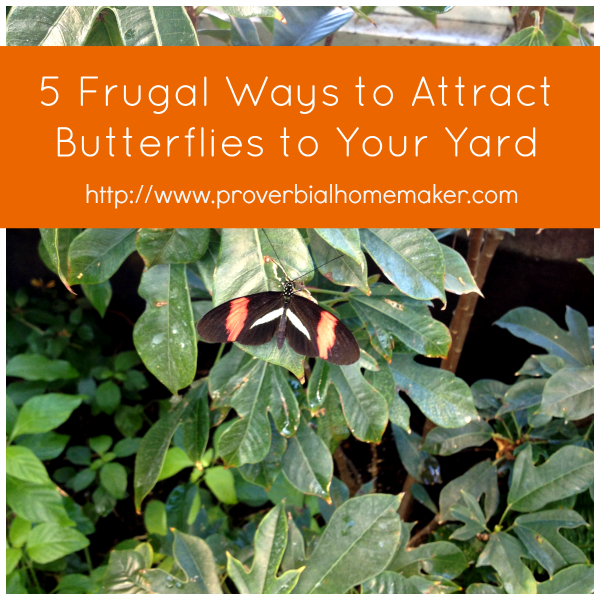
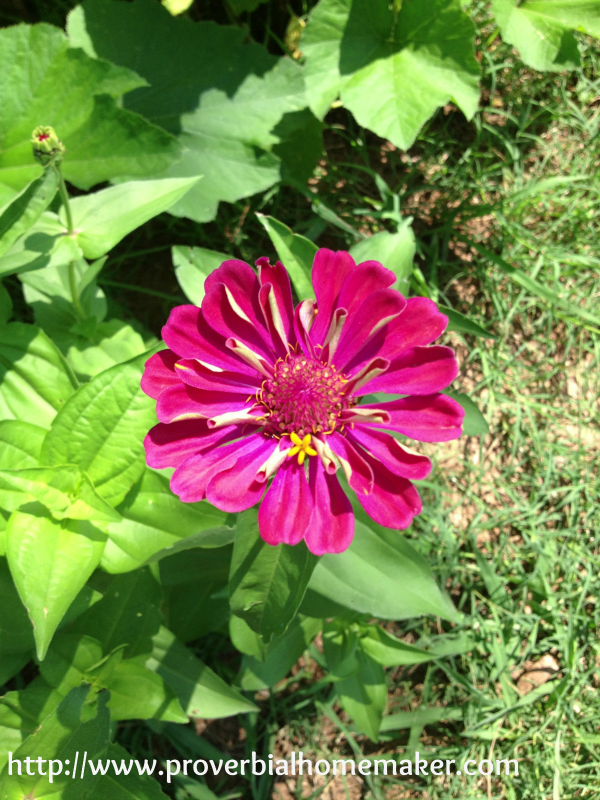
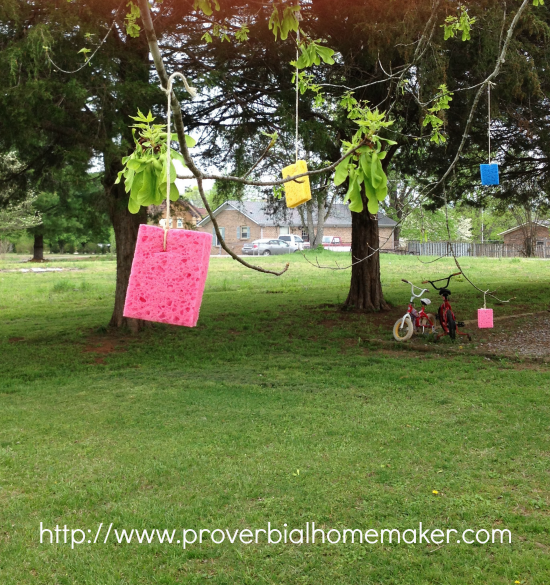
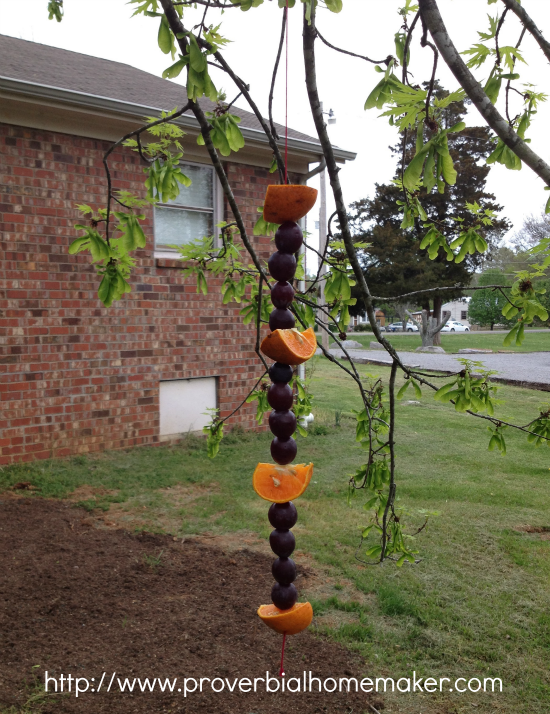




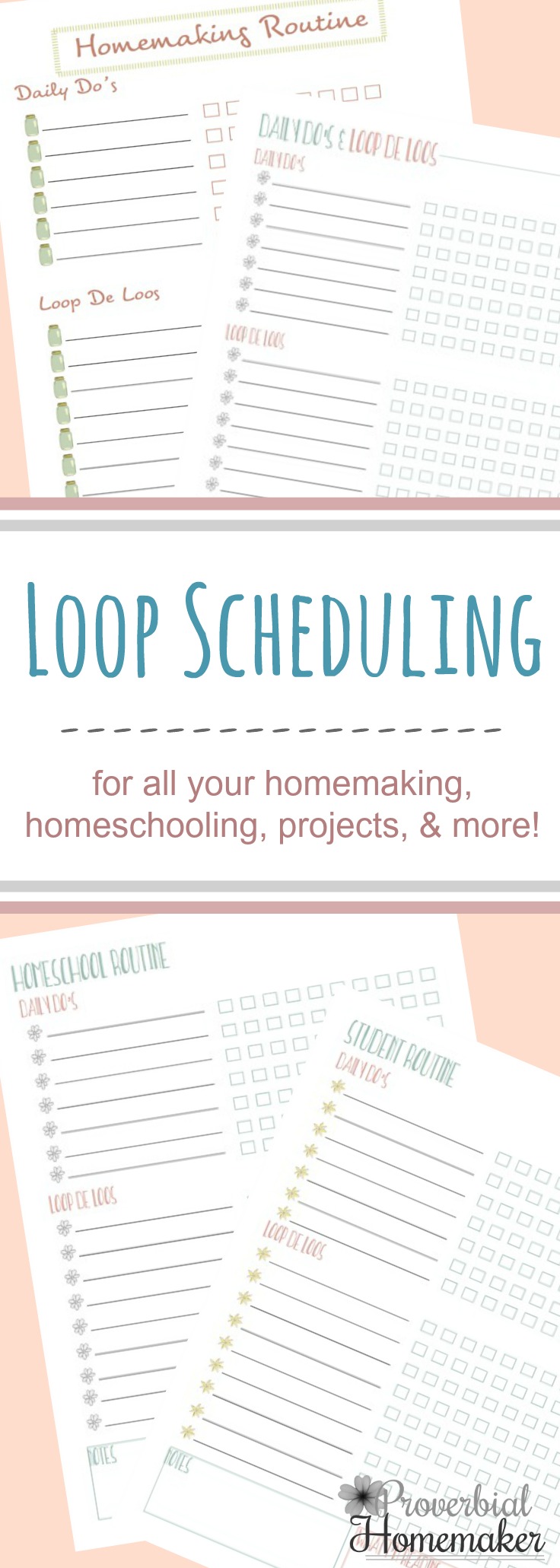

 by Stephanie, The Multi Taskin' Mom
by Stephanie, The Multi Taskin' Mom
This Post Has 2 Comments
I love the one about over ripe fruit! So much better than chunking it in the trash.
I agree, Leanne! I hate seeing good food go to waste so it kinda makes me feel better knowing the butterflies will benefit.